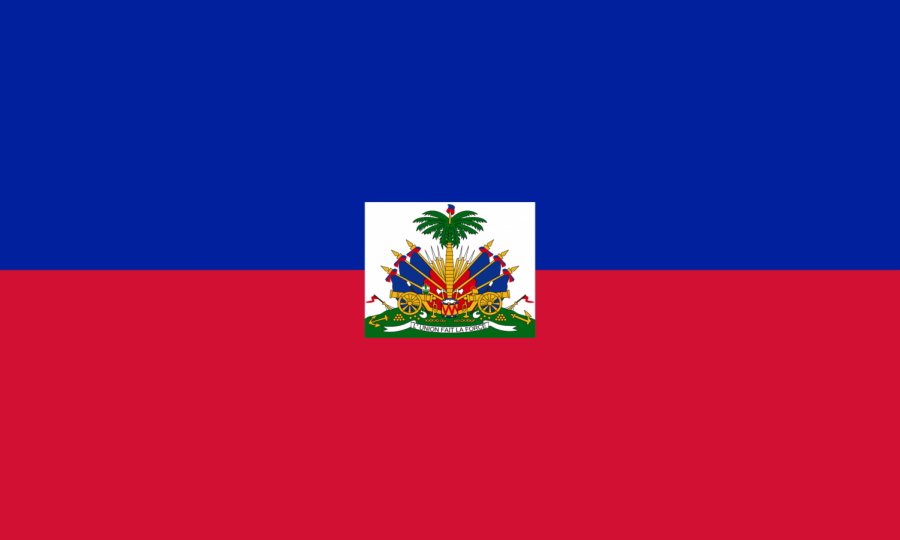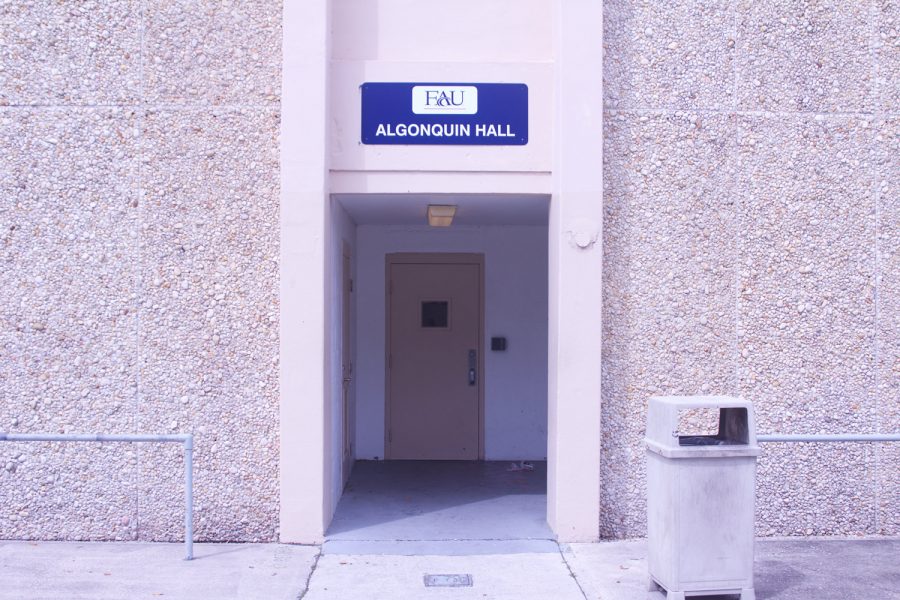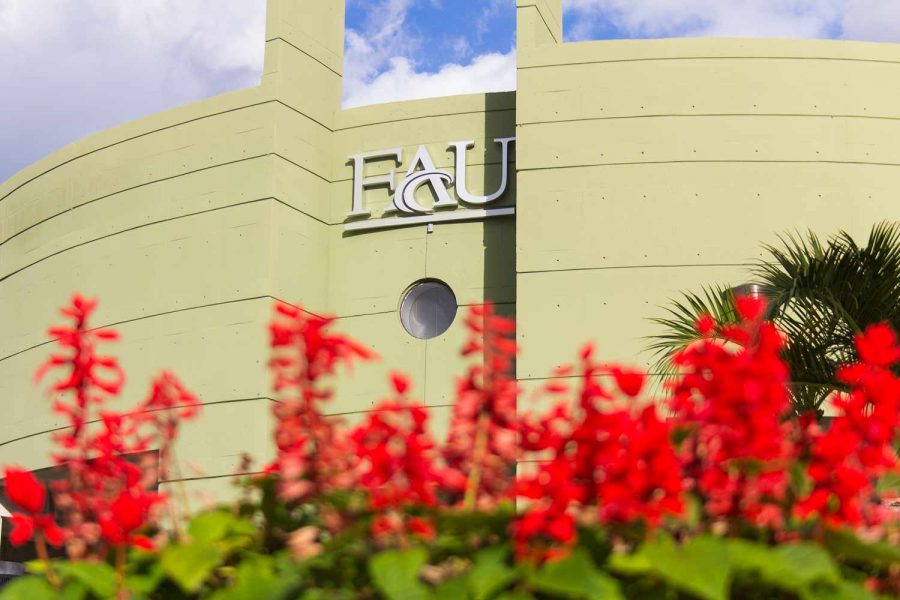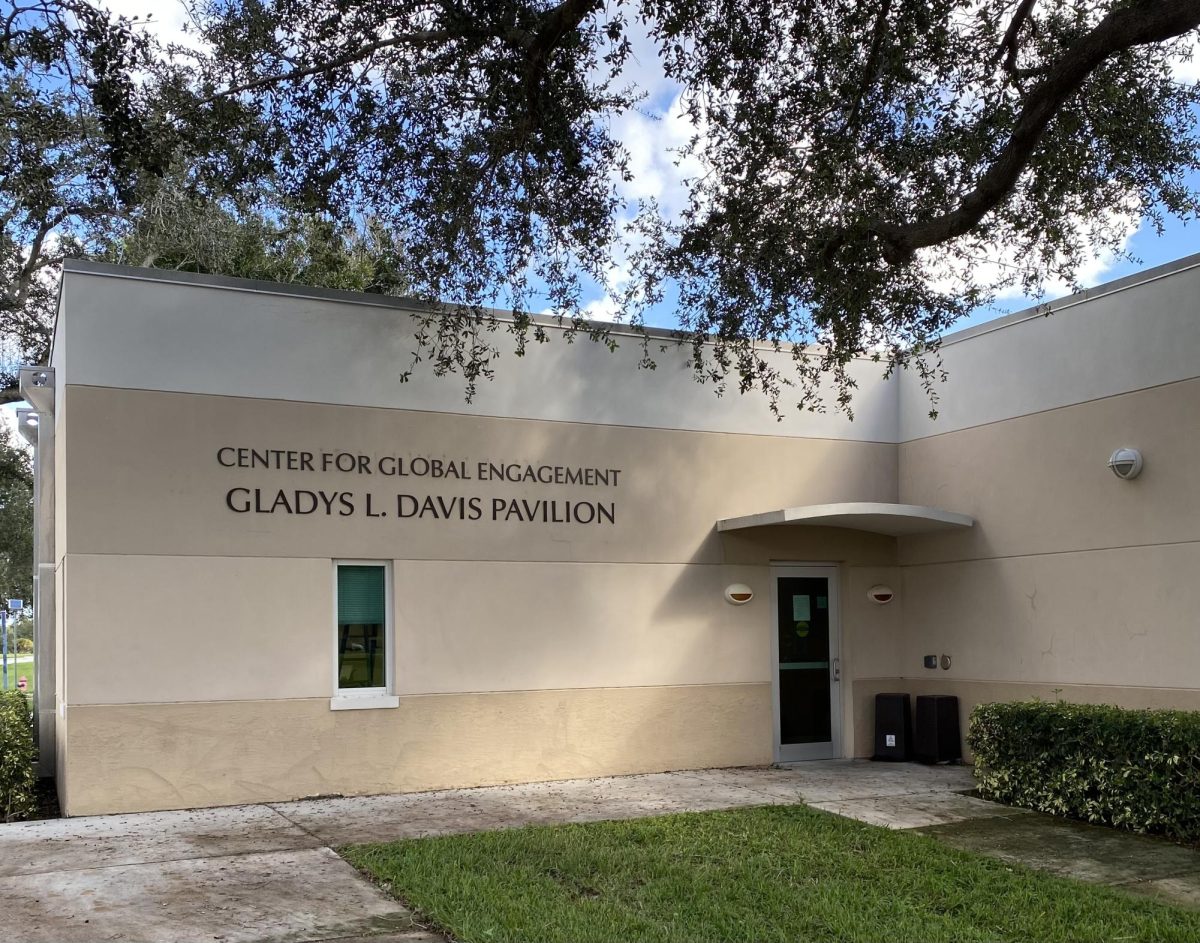FAU is always talking about building tradition for its students. And it has.
Every year for the last four years, tuition has increased the maximum amount, totaling a 60 percent hike. That’s not the only tradition.
Every year for the last five years, the university has absorbed budget cuts, totalling $77 million. These cuts and increases have changed a few important numbers for students, faculty and staff.
In the aftermath of this year’s $300 million cut to the state university system, students are paying higher tuition and fees than ever before. In exchange, you’ll get fewer campuses, fewer professors and fewer classes offered. The increases start draining student bank accounts this fall.
And not only are tuition rates increasing, but so is the rate at which they increase.
In the 1980s, tuition increased about 4.5 percent each year, and 3.2 percent in the 1990s.
Now, in-state tuition and fees at public, four-year universities are growing at an average rate of 5.6 percent each year since 2000, according to the College Board’s 2011 report on higher education price trends.
The trend is also expected to continue. Last year, the state government gave approval for the 11 public universities to raise tuition the maximum 15 percent a year until it reaches the national average.
This year, FAU decided to ask the board of governors for the maximum increase allowed — for the fourth year in a row.
And the increase was approved — for the fourth year in a row.
The university’s board of trustees — FAU’s 13 highest ranking officials — voted on the increase two days before the state’s board of governors met to approve their recommendation.
FAU received the maximum 15 percent increase along with FIU, UCF and New College of Florida. Originally eight of the 11 state universities sought this maximum increase, but the board of governors only granted it to those four.
By charging higher tuition and fees, however, FAU expects to generate over $15 million to offset the cuts.
“From 2007-08 to this past year, FAU has lost over $77 million,” Dennis Crudele told the trustees. “Over that same time period we’ve eliminated over 250 positions.” That’s 11 percent of the university’s workforce, according to Crudele.
“I would argue even with the decrease,” President Mary Jane Saunders told the Sun Sentinel, “we’ve increased the value to students over the years.”
When the board of trustees voted to approve the tuition and fees hike on June 19, Saunders and the trustees voiced near unanimous support for the increase.
“It’s very, very, very painful,” Trustee Sheridan Plymale said during the meeting. “I encourage you to understand the dilemma that we’re in and understand we’ve done our best to serve our students well.”
Two of the trustees, however, couldn’t side with the rest of the board.
“Before the vote, I’d like to suggest next year we […] not just to come to a vote on a particular day and say yes or no, or a phone call a week before, saying this is the power point demonstration,” Trustee Jeffrey Feingold said. “I think it has to be thought thoroughly out first.”
Then Feingold voted against the increase. And Robert Huffman, the student body president and only student on the board of trustees joined Feingold in disapproval.
“We’re sending a message to the state that if they continue to cut our budgets, we’ll continue to increase tuition,” Huffman said. “I can’t stand here and support something no student supports.”
The increase passed 11 – 2.
Two days later, the Florida board of governors approved the increase.
Some were sitting, others were standing along the walls — dozens more were drifting in and out, but everyone was eager to hear the board of governors vote on the increases. A hundred people squeezed into the Live Oak Pavilion on UCF’s campus for the meeting.
When the time came to approve tuition increases, the board of governors voted on each university’s increase one at a time.
“We can’t continue to increase [tuition] 15 percent every year,” board member Thomas Kuntz said during the meeting.
In the first round of voting, the board of governors couldn’t reach the majority it needed to approve any increases. So it took a five minute recess.
To pass the increases at other public universities recommending the maximum 15 percent, the board compromised on lower percentages when it failed to reach a majority for the maximum. UWF was granted 14 percent, FSU and UNF 13 percent, and FAMU 12 percent.
“Is it fun? No. Is it easy? No. Is it political? Sure.” Tico Perez said. “But I’m gonna go back to what my dad used to say which is I think we need to have a backbone.” Perez is a board member and chair of its finance committee.
When the board of governors came back from recess, it was no longer divided or undecided — or it appeared that way.
Then the time came to vote on FAU’s increase. The secretary called roll and each board member voted “yes” or “no” one by one.
There was an 8 – 8 tie — and a chance the vote wouldn’t pass — then board member Norman Tripp changed his vote.
And just like that, in-state, FAU students will pay $40.13/credit hour more for tuition this fall than last.
Tripp is a former chair of FAU’s board of trustees. “I just felt at the end of the day,” Tripp told the Sun Sentinel, “it was the right thing to do.”





















Dave • Jul 17, 2012 at 4:58 pm
Having seven campuses was stupid anyway… we were far too spread out… everybody needs to live work play in Boca Raton
leslie hilden • Jul 17, 2012 at 4:50 pm
umm.. the article says “Every year for the last four years, tuition has increased the maximum amount, totaling a 60 percent hike.”
why does the chart show a 14% incrase in 2009? tht would make it a 59% increase over the last four years. i’m not nitpicking i just wish information could be consistent.